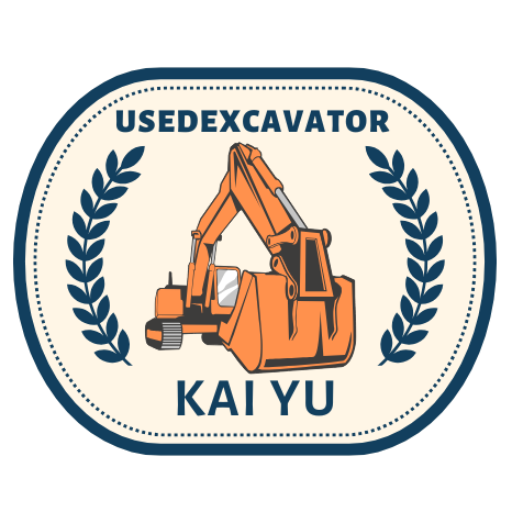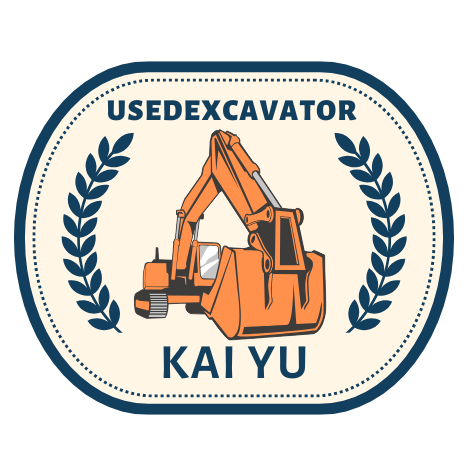Let’s face it—buying a used excavator can save you big bucks, but when after-sale problems pop up, they can turn your budget win into a headache. Here’s the lowdown on tackling common issues like a pro:
Why After-Sale Care Is Make or Break
Buying a Second-hand excavator can save you serious cash, but let’s be real—post-purchase problems can turn that bargain into a headache. Whether you’re dealing with a leaky hydraulic system or an engine that won’t start, knowing how to tackle after-sale issues proactively is key. Here’s the lowdown on handling common snags like a pro, so your pre-owned machine stays working hard without draining your wallet.
Ⅰ. Tackle Warranty & Service Woes
1. Decode the Fine Print
Most used excavators come with zero factory warranty, but some dealers offer a limited one (30-90 days) to sweeten the deal. Read the terms like it’s a crime novel: some “warranties” only cover major parts (engine, transmission) and exclude labor or minor components. If a seller says “as-is,” walk away unless you’re a mechanic—no warranty means you’re on the hook for every repair.
2. Haggle for a Dealer Warranty
If buying from a dealer, don’t be afraid to negotiate. Say: “I’ll buy today if you include a 60-day warranty on the hydraulics.” Even a short warranty shows the dealer stands behind the machine. Get all terms in writing—verbal promises are worthless if things go south.
3. Consider Third-Party Coverage
For extra peace of mind, check out extended warranties from companies like Equipment Protection Plan. They often cover hydraulics, engines, and electrical systems. Pro tip: opt for a plan with mobile repair coverage—it’s a lifesaver if your excavator breaks down on a remote job site.
Ⅱ. Conquer Parts Shortages
1. Mix Online & Local Shopping
Older used excavator models can be tough for parts, but online marketplaces are goldmines. eBay, Craigslist, and sites like Ritchie Bros. have tons of used parts. Join Facebook groups for excavator owners—people there often sell spares or share where to find them. Don’t forget local salvage yards; they might have rare parts gathering dust.
2. Stock Up on Wear-and-Tear Essentials
When you first buy the machine, grab common parts in bulk: belts, filters, hoses, and seals. These wear out fast, and having spares saves you from downtime. Keep a parts kit in the cab—you’ll thank yourself when a hose bursts mid-job.
3. Learn Part Cross-Compatibility
Many used excavator brands share compatible parts. For example, a Caterpillar filter might fit a Komatsu model—ask your mechanic or search forums for cross-reference guides. This trick saves cash and time, especially for older machines no longer supported by dealers.
Ⅲ. Find a Mechanic
1. Skip Dealerships
Dealer service centers charge premium rates. Look for independent heavy equipment mechanics—ask other contractors for referrals or check Google reviews. Some mechanics offer mobile service, which is clutch if your excavator is stuck on a job site.
2. Build a Relationship with a Specialist
Find a mechanic who knows used excavators inside out. Bring them the machine’s manual and any maintenance records when you first visit. The more they know your machine, the faster they’ll spot small issues before they become big problems.
3. Get Multiple Quotes
Never let a mechanic start work without a written quote. Call at least 2-3 shops to compare prices. If one quote is way higher, ask why—maybe they’re pushing unnecessary repairs. A good mechanic will explain costs clearly.
Ⅳ. DIY Maintenance
1. Fluid Changes & Filter Swaps
Changing oil, coolant, and filters is doable for most folks. YouTube has tutorials for specific models—search “[brand] oil change guide.” Invest in basic tools and a service manual. Pro tip: change oil every 500 hours or as recommended—neglecting this shortens engine life.
2. Bolt Checks & Hose Inspections
Regularly check for loose bolts on the boom, arm, and bucket. Use a torque wrench to tighten them to spec. Inspect hydraulic hoses for cracks or leaks—replace any that look worn. This simple check prevents costly hydraulic failures.
3. Belt & Battery Replacements
A squealing noise when starting might mean a worn drive belt. Replacing belts is straightforward with the right tools. Test the battery annually and replace if it can’t hold a charge. These are cheap fixes that save you from getting stuck.
Ⅴ. Document Everything
1. Maintenance & Repair Logs
Keep receipts for every oil change, part, and repair. Use a notebook or spreadsheet to track dates, costs, and what was done. When you sell the used excavator, a detailed log boosts its value. It also helps your mechanic spot patterns (like frequent hydraulic issues).
2. Before-and-After Photos
Take photos when you buy the machine, showing any existing damage. Take more after major repairs. Visual records are key if you need to dispute a repair bill or prove pre-existing issues to a seller.
3. Warranty & Service Papers
File all warranty docs, service contracts, and quotes in a folder. If you have a third-party warranty, keep the policy handy. This makes it easy to reference coverage or contact the company when issues pop up.
Ⅵ. Handle Major Breakdowns
1. Diagnose the Issue
If your used excavator conks out, start with simple checks: dead battery, blown fuse, low oil. If you can’t find the problem, call your mechanic. Describe symptoms clearly—“The engine cranks but won’t start”—to help them prepare.
2. Get a Solid Repair Estimate
Never okay major repairs without a written estimate. For pricey jobs , ask if they can use used parts to save money. A good mechanic will offer budget-friendly options.
3. Rent While It’s in the Shop
If repairs take weeks, rent an excavator to keep jobs moving. Calculate downtime costs versus rental fees—sometimes renting is cheaper than losing clients. It keeps your business running while your machine gets fixed.
Ⅶ. Avoid Common After-Sale Traps
1. Watch Out for Pushy Mechanics
If a mechanic says “you need all new hydraulic lines” without showing why, get a second opinion. Some shops try to upsell. Ask to see damaged parts before agreeing to repairs.
2. Don’t Ignore Small Issues
A minor oil leak or strange noise isn’t “no big deal.” What starts as a $100 seal can become a $5,000 engine repair if ignored. Tackle issues as soon as you notice them—prevention is cheaper than cure.
3. Don’t Skip Maintenance to Save Money
I get it—maintenance costs add up. But skipping oil changes or fluid flushes to save a few bucks will cost you way more later. Think of maintenance as insurance for your used excavator—it keeps major problems away.
Turn Hassles into Smooth Sailing
Dealing with after-sale issues on a used excavator doesn’t have to be stressful. By prepping for warranty loopholes, stocking up on parts, finding a reliable mechanic, and staying on top of maintenance, you’ll keep your machine running strong. Remember: a little effort today saves big headaches (and dollars) tomorrow. Your used excavator can be a workhorse for years—just treat it right, and it’ll treat you right back.


